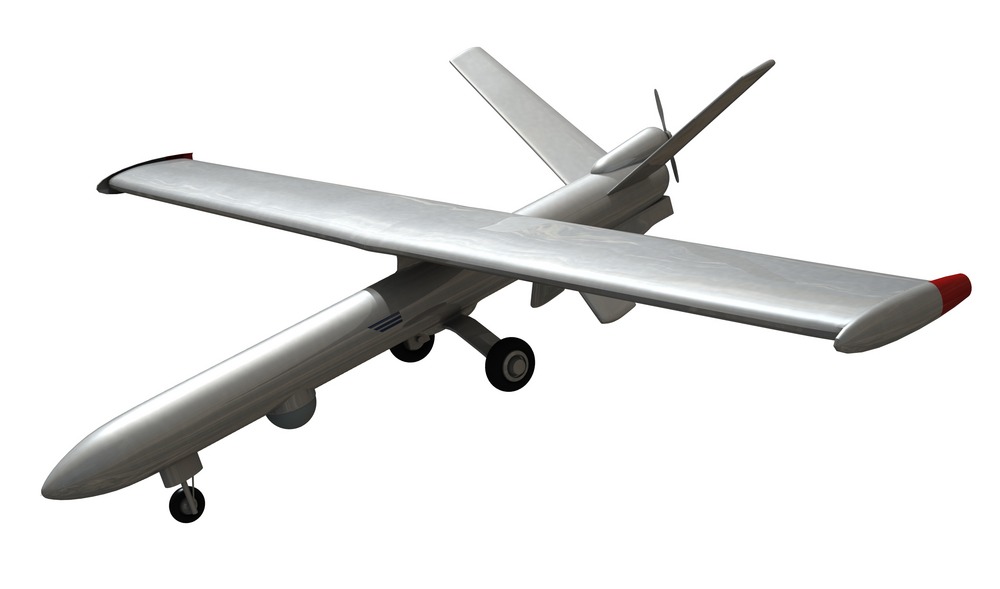
A report released by Aerospace Industries Association (AIA) on Monday projects that annual spending on large unmanned aerial systems (UAS) will grow to more than $30 billion annually by 2036, up from current spending levels of a few hundred million dollars per year.
Spending increases on large UAS spending will be driven by increased demand for manufacturing and services for long-haul cargo and passenger aircraft. Overall, the $30 billion in spending will support up to 60,000 research, manufacturing and service jobs, according to the report.
“We have got to think bigger when it comes to the future of unmanned aviation,” AIA President and CEO Eric Fanning said. “The future unmanned systems market will change the way we travel and transport products. We could see entirely new economic centers where they don’t exist today. It’s an incredible opportunity, if government and industry start now on the regulations and technology to realize that potential.”
The report projects that large UAS for passenger travel will account for $19.5 billion of annual spending. Cargo will account for $5.6 billion, industrial accounts will account for $3.2 billion, public safety will account for $1 billion, and telecom will account for $700 million.
“The biggest barrier to growth is the regulatory framework,” Fanning said. “Global competitors are working to seize the market from the United States, the country that invented this technology. These are American jobs and American opportunities. But we must start now on certification standards, exports, and spectrum to ensure they stay American.”
AIA warned that U.S. regulators must adopt a posture that ensures safety and commercial innovation. It recommends codifying near-term needs for detect-and-avoid operations, autonomous certification and spectrum allocation, harmonization of international regulations, performance-based consensus standards, and modifying trade restrictions on UAS-related exports.